
This content is protected against AI scraping.
A few weeks ago, one of my writing friends mentioned she was doing back to front editing on her novel.

Now, I’m the kind of person who never minds admitting when she doesn’t know something. But my friend just said it in passing before moving on to another subject, so I didn’t get the chance to ask her: what’s back to front editing?
It stuck with me, though. Later I figured that as an editor, I better find out what it was, so I found some articles about it.
Back to front editing is a final pass, and here’s how it works.
You read the very last sentence. And then you read the second-to-last sentence. And so on.
The idea is that, because you aren’t exactly following the story, errors will jump out at you more clearly. I think to a large extent, this would be back to front proofreading, but you’d probably catch some other copy editing issues, too.
I’m already convinced that back to front editing is effective.
Proofreaders often find that they catch more errors when they’re proofing text they don’t actually understand all that well (or find that interesting, to be honest), such as highly scientific or academic material. It’s because they don’t mentally fill in what should be there.

I’ve seen a few people suggest back to front editing for submission materials—a query letter, synopsis, and first chapter, for instance. That does make sense to me. You want those to be in good shape! I do think people should realize, though, that an agent or editor won’t reject a submission over one typo.

Would I do back to front editing for a whole novel?
I’m not so sure. I got developmental edits from my publisher last month, and I’m in the middle of revising. Right now, it’s feeling like this book is taking forever…which is pretty typical at this stage! Back to front editing is obviously a meticulous and incredibly time-consuming process, and right now, I’m honestly not sure if I would be up to it with this book.
After finishing the second round of edits, though—the copy edits—I will do a final pass to check everything. Yes, it’ll go through rounds of proofreading at the publisher’s, but with over 90,000 words, it’ll be so easy for something to slip through. I really want to make the book perfect. So we’ll see!
If you’re self-publishing a book, of course, hiring a third party gives you more time to write the next one. At LuckyAuthor.com, we have decades of experience in copy editing and proofreading, so check us out if you need a professional!
Have you ever tried back to front editing?
Do you think you ever would? Or do prefer to trust your publisher or a hired proofreader to find errors? Let us know your thoughts! Thanks so much for reading, and happy writing!



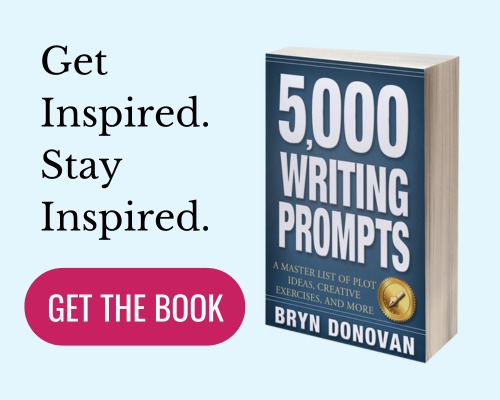



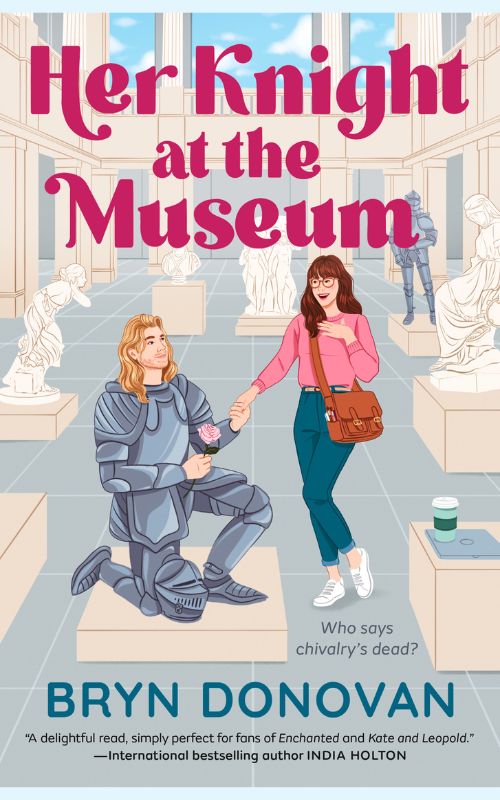

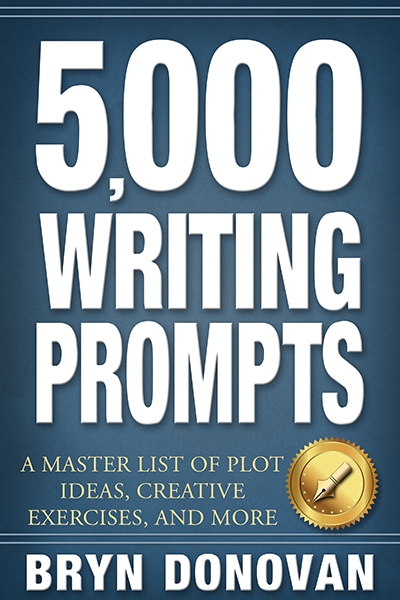
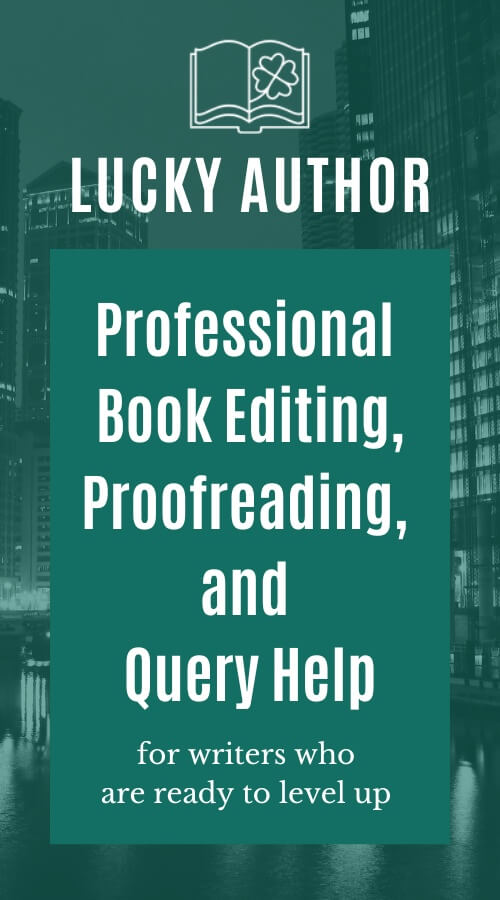
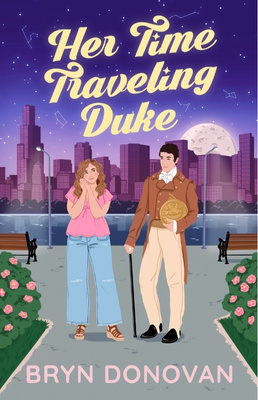
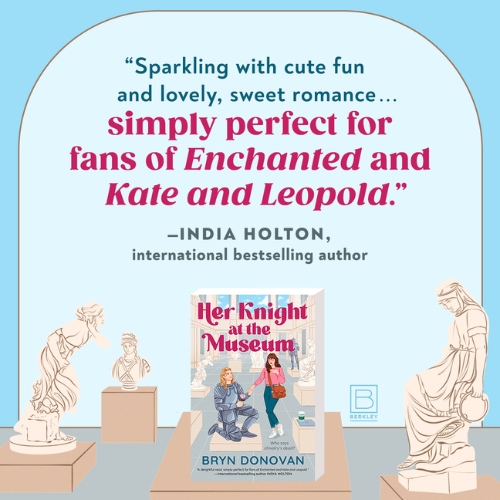
When I worked in a Communications/Public Relations job, I would sometimes do back-to-front editing on shorter pieces of my own work. I find now that using the Word function that reads aloud helps pick up more errors and is quicker.
Barb, that’s so interesting—I guess it’s not brand new, but I’d never heard of it! I should try that Word function. That’s such a good tip!
When I was a practicing attorney, we did back to front editing on legal documents such as deeds to catch errors. I’m not sure how effective it would be for longer documents like a novel. I find reading aloud helps to catch many errors.
I can’t believe I never heard of it before now! In my old job, whenever I read a legal document, I sometimes did have a hard time focusing. That probably would’ve helped me!
Hi Bryn, you always write things worth considering. I wasn’t aware of what back to front editing is, I thought this might be a good way to check to see if the last chapter delivers the promises established in the first. But that would be chapter back to front, not sentence by sentence. And since I have a most amazing editor, Gill Donovan, I feel confident that the errors will be caught. It’s worth the cost!
Hi Jessie! I can see what you’re saying, too—about making sure that last chapter delivers!
What a coincidence—Gill Donovan often edits my work, too. 😉 He’s the best! I’ll pass along your kind words. 🙂
I hope you are enjoying the holiday season! We appreciate you!
I’ve heard of it. I don’t use it as a regular practice, but I have used it on a paragraph if something isn’t making sense.
denise
Yes, I do back to front line editing all the time. I used to work in medical copy and we had to have a high accuracy rate. We read on hard copy and started on the last page, at the bottom, with a ruler as we read up the page. Very effective for catching lots of things the eye can slip on. I do this for my novels and short stories. Onscreen proofing is very slippery for the eye because we are reading light. I think it’s the only way to get to a high accuracy. And sometimes you can catch a few content issues because the brain is receiving the information differently. Great post!